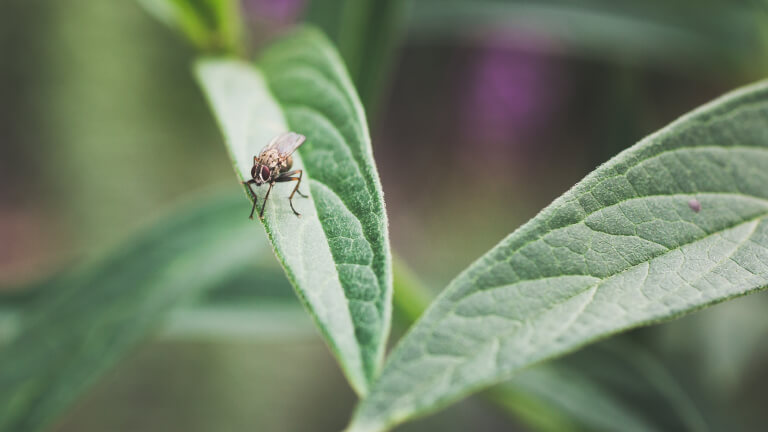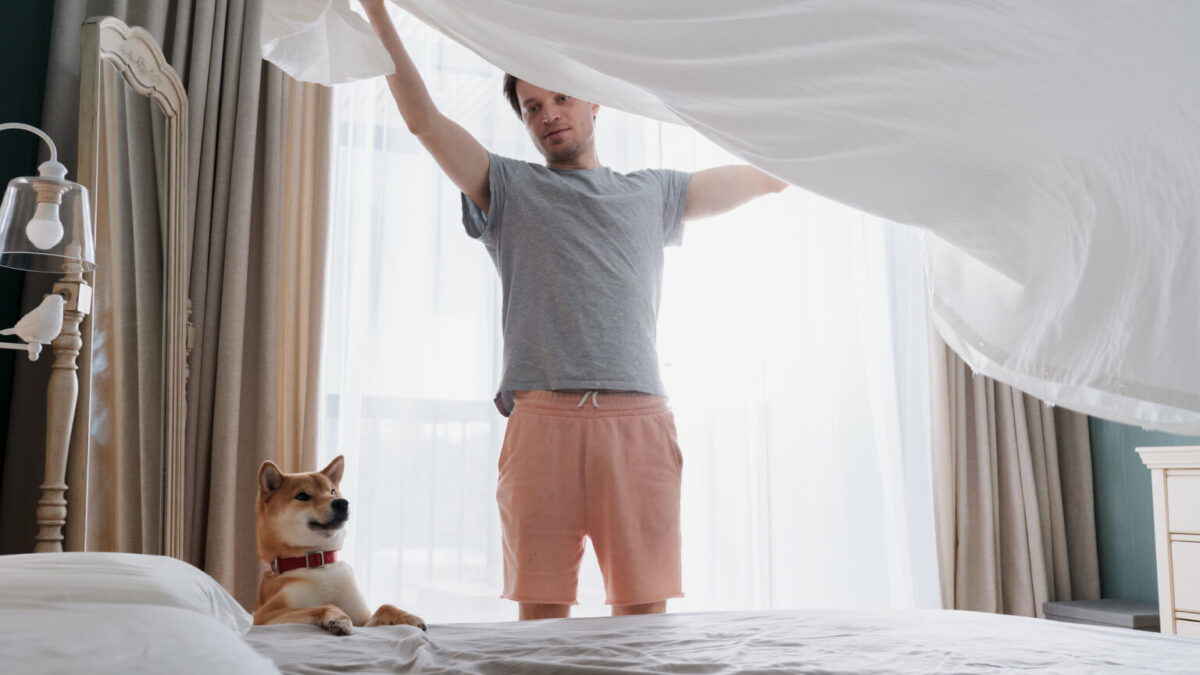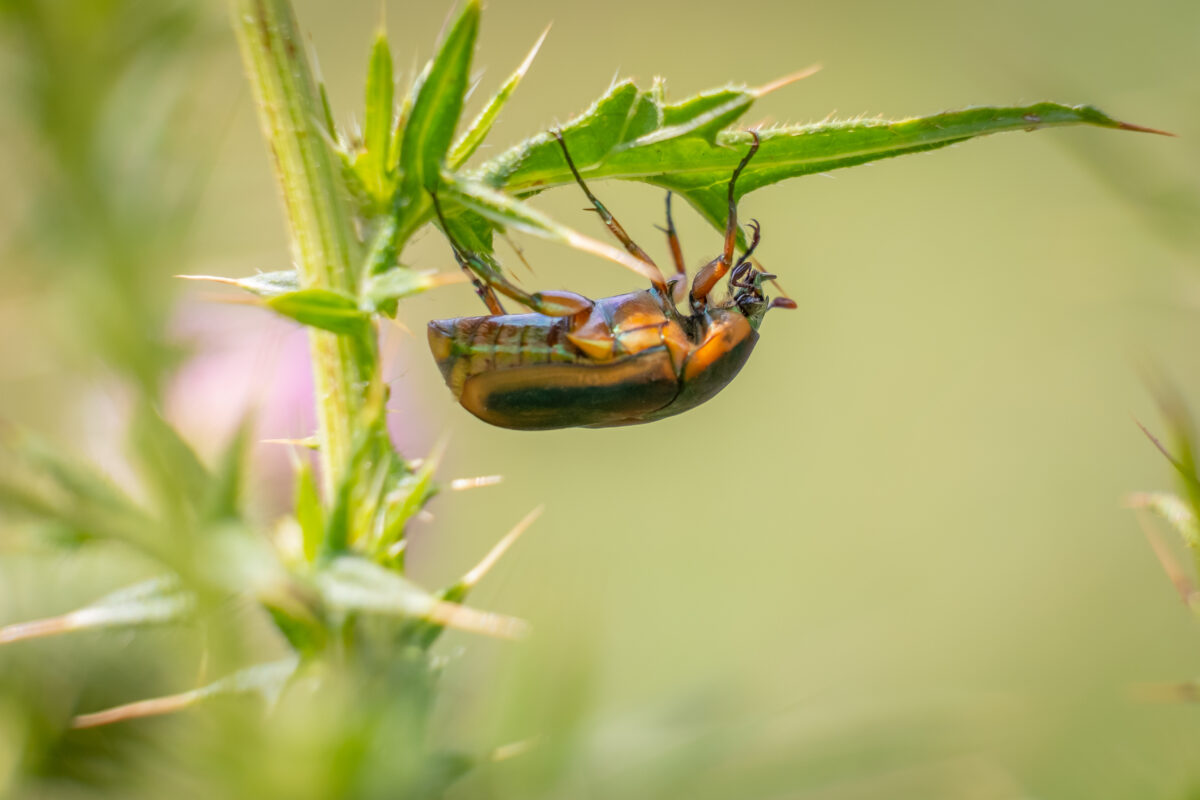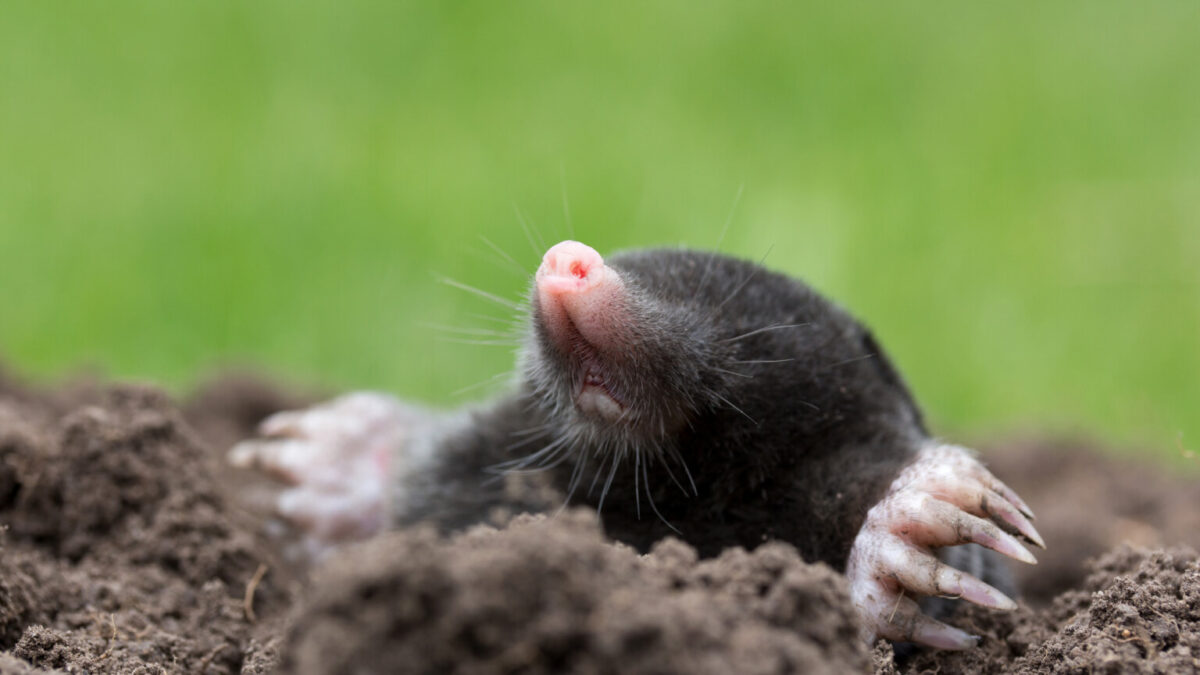6 Ways to Get Rid of Outdoor Flies

Why trust MYMOVE?
Our editorial team strives to bring you accurate and unbiased information. Any products featured are independently selected based on thorough research from our editorial team. If you buy something through links on our site, we may receive a commission.
As the warm weather starts to set in, you should expect to see more pesky bugs invading your outdoor paces. Flies in particular can get pretty annoying when you’re trying to enjoy a pleasant meal outside. They can also fly into your indoor spaces when you open and close doors. Flies are the least active during colder months and typically reach maturity during the spring. So, how do you get rid of flies in your outdoor spaces, and keep them away for good? In this guide, we outline how to get rid of outdoor flies so you can enjoy your yard without worrying about an infestation.
How to get rid of flies outside
There are many ways to get rid of outdoor flies, starting with eliminating their food source and other materials that might attract them. You can also use products and other remedies to treat your yard and other areas where your children and pets spend time.
Step 1: Clean up your patio or porch area
When it comes to keeping outdoor flies away, the most important step is tidying up your outdoor living spaces. Keep your yard free of pet waste, seal up garbage cans and bags, and clean up any food residue off your patio furniture and or other outdoor surfaces. Try and keep any compost bins far away from your outdoor living space. And if you have rotten wood laying around on your property, take it to the dump.
Step 2: Scatter fly bait
Every 30 days, scatter fly bait on and around your patio and porch, as well as other areas where you see flies. Make sure to follow directions carefully. It’s toxic to humans and pets, so do not use it where you are serving food, or somewhere your pets can find it.
Step 3: Use sticky fly traps
Hang sticky fly traps in areas where flies tend to swarm. Easy places to hang sticky fly traps are from tree limbs, birdhouses, and awnings or overhangs. If you have a garden, attach a few sticky traps to sticks and place them along the edges of your garden. These traps can be used indoors as well to keep fruit flies and gnats away.
Step 4: Spray insecticide
Lastly, spray your yard with an insecticide to keep the flies away. Be sure you’re using a spray that’s meant for flying insects. Before using any insecticide, be sure your children and pets are away from the area.
Step 5: Plant fly-repelling flowers and herbs
If you’re looking for natural ways to repel flies without using chemicals, there are plenty of natural fly-repelling plants you can use to surround your outdoor spaces with. Certain flowers and herbs like basil, bay leaves, catnip, lavender, and marigolds are a few popular choices that work great.
Step 6: Make your own chemical-free fly traps
If you’re not a fan of using chemicals to get rid of flies, try making your own chemical-free DIY fly traps. One of the most popular DIY fly traps only involves an empty soda bottle, sugar, water, vinegar, and a little fruity dish soap.
Steps for making a soda bottle fly trap:
- Cut off the top half of a two-liter soda bottle and remove the bottle cap
- Fill the bottom part of the larger half of the soda bottle with water and about one tablespoon of sugar
- Add a small amount of vinegar (to help keep bees away) and a few drops of fruit-scented dish soap to the water
- Put the top half of the soda bottle, opening-side down, into the bottle half of the soda bottle. It should look like a funnel
- Place it outside where flies like to swarm
Flies will enter through the funnel of the soda bottle, attracted to the sugar water and vinegar. Once they enter the trap, they shouldn’t be able to get out and will likely drown. If your trap starts to get full, just empty the soda bottle and reset the trap.
Cayenne pepper is also a great natural fly repellent. Mix around a cup of water and a teaspoon of cayenne pepper, place it into a spray bottle, and spritz it around entryways and outdoor spaces to keep flies away.
How to keep outdoor flies from returning
Flies are annoying outdoor pests that will keep returning if you don’t keep your outdoor spaces as clean as possible. That means emptying and washing out garbage cans frequently, and cleaning up all food or drink spills immediately. If you have a pet, clean up their waste daily. If your cat likes to hunt for birds or mice, clean up their conquests each time you see them in the yard.
The bottom line
Getting rid of flies outside means keeping your outdoor areas clear of animal waste, decomposing animals, and dirty garbage cans. If food or drink spills, clean it up immediately. And don’t forget, there are many chemical products and natural home remedies you can use to get rid of outdoor flies.
Frequently asked questions
What attracts outdoor flies?
Outdoor flies are typically attracted to animal feces, dead animals, and decaying organic matter. Adult flies in particular are attracted to areas where they can lay eggs, like compost piles, farms, roadkill, trash bins, and other areas where they can find organic matter.
How do you check for outdoor flies?
Look for potential food sources and try to find where the flies are laying eggs. Think about the materials that typically entice flies, including alcohol, food spills, dirty surfaces, pet waste, and sticky surfaces from drink spills. Flies are also attracted to birdhouses and artificial lighting.
How long do flies live for?
A fly’s lifespan is typically 21 days but, during that time, females can lay up to 900 eggs. Flies typically lay their eggs where there is organic or decaying material. When the weather starts warming and flies mature, you might also need to know how to get rid of flies on porch spaces. Especially when there are trash bins nearby.
How do you keep flies away?
You can use chemical and natural remedies for keeping flies away. The best way to prevent flies from returning is by keeping up with treatments and cleaning outdoor areas frequently.
What threats come with an outdoor fly infestation?
A bad fly infestation could put your health at risk. Because flies feed on many types of filthy matter and human food, they can pick up disease-causing organisms. Each time a fly comes into contact with food or people, it can spread these disease-causing organisms.
How do I get rid of flies outside with vinegar?
Flies are naturally attracted to the smell of vinegar. Make a trap by mixing vinegar and dish soap, putting it into a cup, sealing it tightly with plastic wrap, and poking holes in the top.



